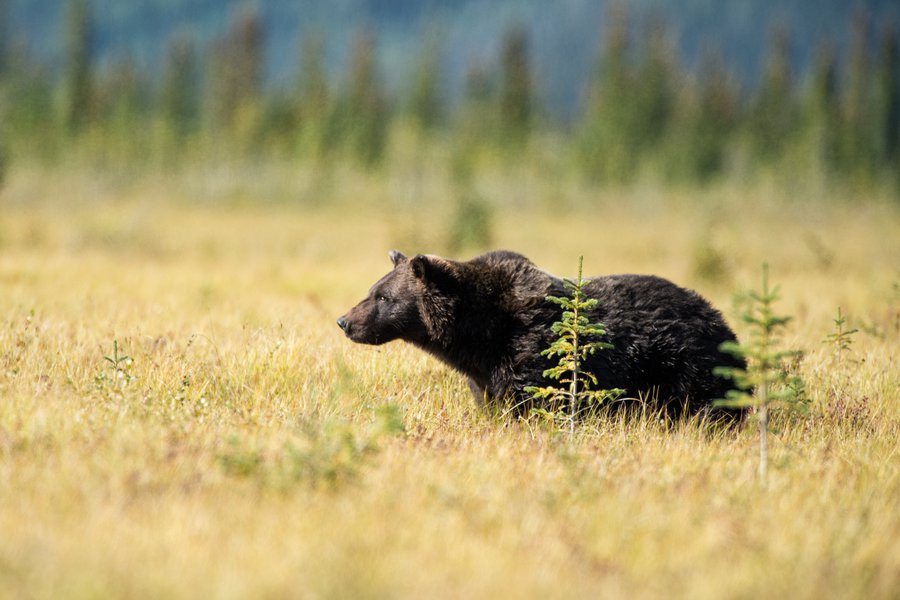Akłaq (Grizzly Bear)
These large mammals require plenty of room to roam and their success can be a measure of the overall health of the ecosystem. As a focal species on the Yukon North Slope and in support of various management planning efforts, our Council has drawn together substantial Inuvialuit traditional knowledge about grizzly bears over the years. This work parallels considerable efforts by some of our parters to establish updated scientific knowledge about akłaq, including population surveys, and ties into the 2022 Inuvialuit Settlement Region Aklat/Akhaq (Grizzly Bear) Co-Management Plan.



